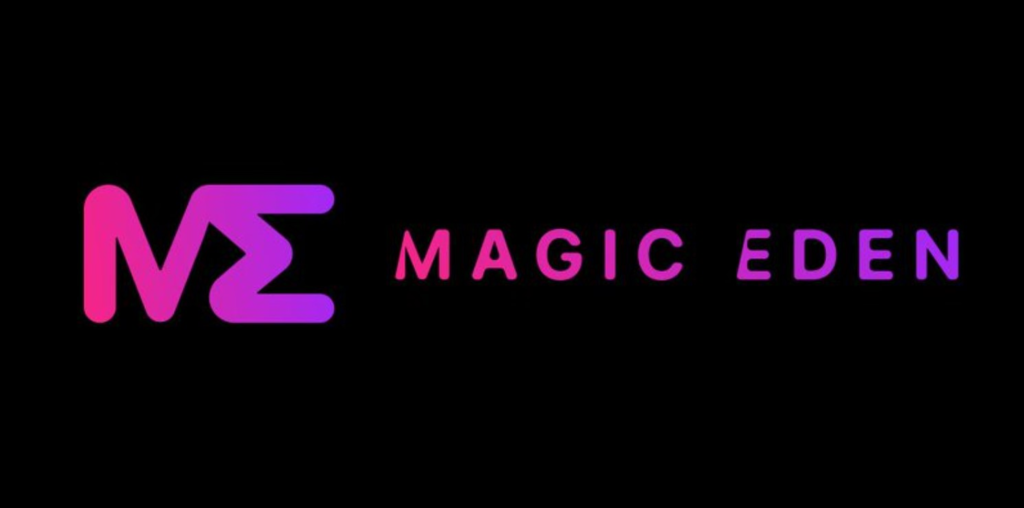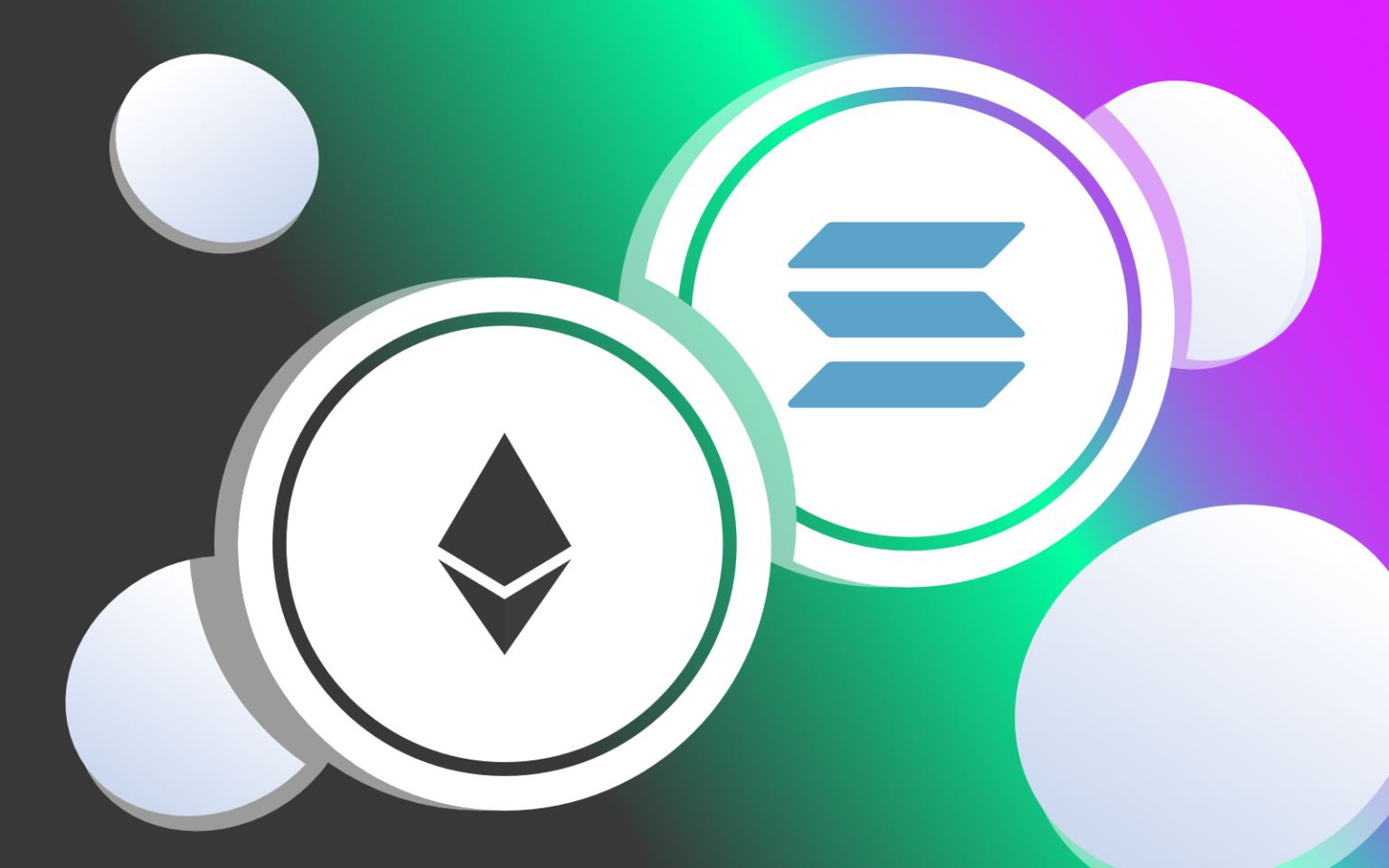One of the biggest draws of web3 to date has been the ability to brand yourself behind not only an anonymous PFP but also the ability to brand yourself behind a pseudonym as well.
While this practice is something that we have seen by many writers throughout history, it is not something that we have seen used by many figures in a web2 setting, but the beautiful thing is the ability to establish this identity and tie it to any crypto wallet that you currently have.
ENS .ETH, SNS .SOL
We have already seen this use case by the well-established ENS, which stands for Ethereum name service, to allow the creation of the .eth names. Some of the most popular names currently are the short and simple ones, whether they are just something simple like 3- and 4-digit numbers, or easily recognizable words.
Recently we have seen this trend moving into the .sol domains in a very speculative manner where we witnessed the four digit .sol domains sell out within one hour. So, let’s take a look at what we can learn from the .com era and the .eth mania we have seen, and how you may be able to use it to your advantage in the .sol world.
SNS, Solana Naming Service, .sol

SNS, Solana Naming Service, has a simple mission of providing a decentralized and yet affordable way to map domain names (represented as .sol) to on-chain data. Where on-chain data can be anything from a Solana (SOL) address to IPFS CID, images, text, and more.
One of the clear benefits of the name service is a human-readable name that maps to a SOL address. Essentially, creating an identity for users in the metaverse.
Why does this matter, you may ask? Well, wallet address formats can be a barrier to entry, and therefore having an identifiable address can facilitate payments and its efficiency.
Nonetheless, Solana domain names can have much broader applications than just payments. Most decentralized apps (dApps) have a single point of failure which is their centralized and censorable domain name.
However, on-chain domain names cannot be censored or taken away! Thus, a website hosted on IPFS (or Arweave) using a Solana domain name would be completely decentralized and very difficult to censor.
This is not the first time we have seen the ability to be able to speculatively play the domain name game. GoDaddy.com was one of the first ways it became easily accessible for anyone to be able to register their own .com domain names. I’m sure most people remember the provocative, often controversial advertising style that GoDaddy.com would use in their Super Bowl commercials, which always went viral.
While the internet would probably still be the same today, without GoDaddy and these ads, the domain name game might not be what it is today, seeing how GoDaddy is currently valued at over seven billion dollars.

Luckily the .eth and .sol names do not need such advertisements to gain the traction the .com names did, but there are a few extra steps to acquire the names compared to being able to register the names directly through a website like GoDaddy or Whois with usd. Thinking about diving into the .SOL market? Let’s take a look at the steps needed to start acquiring your blockchain domain names.
While most of us have probably taken a spin on ENS by registering a .eth name, it is pretty simple and straightforward as long as you have the Ethereum in your wallet to cover the registration fee and the gas fee, it is quite different to register a .SOL name. In order to start acquiring your digital domains you will head over to naming.bonfida.org to start searching if the names you want to register are available.
Once you have found a name that you want to purchase, whether to use for your wallet identification, or as a speculative purchase to be able to resale at later time, you will need to have two separate cryptocurrencies in your wallet to complete the purchase. You will need to have Solana in your wallet to cover the gas fees for the network, while also having $FIDA in your wallet to purchase the name from the primary website.
In order to get $FIDA you will need to access an exchange such as Jupiter swap in order to swap Solana for $FIDA. This is one of the major differences with the Solana names compared to the Ethereum names is that it is not purchased directly in their native token. At the current time of writing the cost of $FIDA is $0.43 which means you can currently swap out 1 Solana for roughly 74 $FIDA. Similar to Ethereum names, the registration fees are dependent on the length of the name and are as follows:
- 1 character .sol names: $750 USD worth of $FIDA, roughly 1,745 $FIDA.
- 2 character .sol names: $700 USD worth of $FIDA, roughly 1,628 $FIDA.
- 3 character .sol names: $640 USD worth of $FIDA, roughly 1,489 $FIDA.
- 4 character .sol names: $160 USD worth of $FIDA, roughly 372 $FIDA.
- 5+ character .sol names: $20 USD worth of $FIDA, roughly 47 $FIDA.
One of the major differences between Ethereum and Solana names is also that the charges for domain names are once-off, that is, you will have NO further payments to keep your domain. There are no reoccurring charges to continue ownership of the domain.

Once a name is registered it does not mean that you are out of luck, you can still purchase the .sol names on the secondary market such as Magic Eden using Solana.
While we have yet to see some of the crazy size sales that we have previously seen with the high end Ethereum names, there have been some large purchases already being made. The highest registered sell for any .sol domain name is 💎.sol which has resold for $60,000 usd.
Recently we have witnessed three digit .eth names reach a floor of over $60,000 alone, so the question that looms here is can the .sol names see the same run? A lot of it is based on your faith in it to be adopted by the masses in the future.
It has already shown high demand to be able to use the short names as a way to flex your digital identity, so if you believe that Solana will be in demand in future market cycles, then the .sol names feel like a sound bet to garner demand in the future.
If you found this article helpful, check out my other work here.




